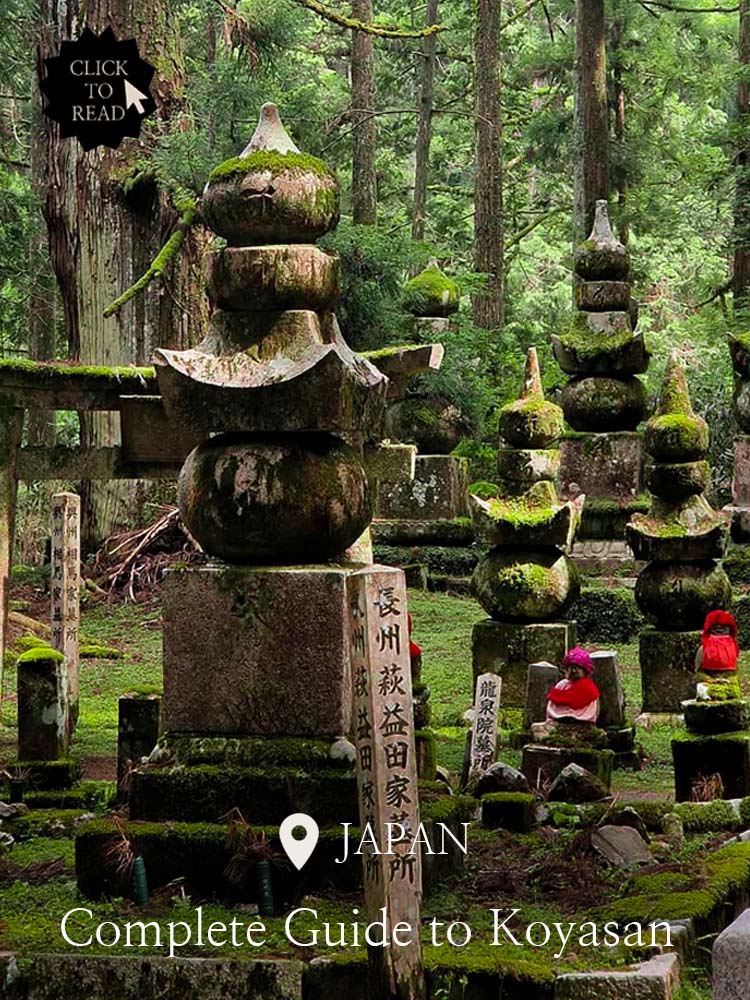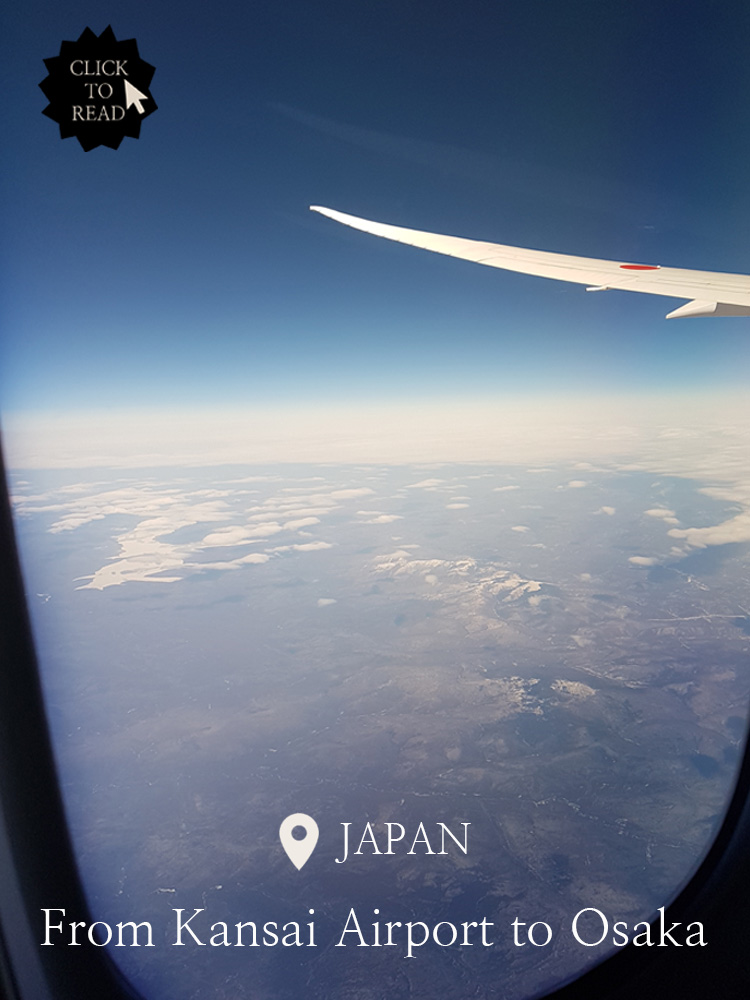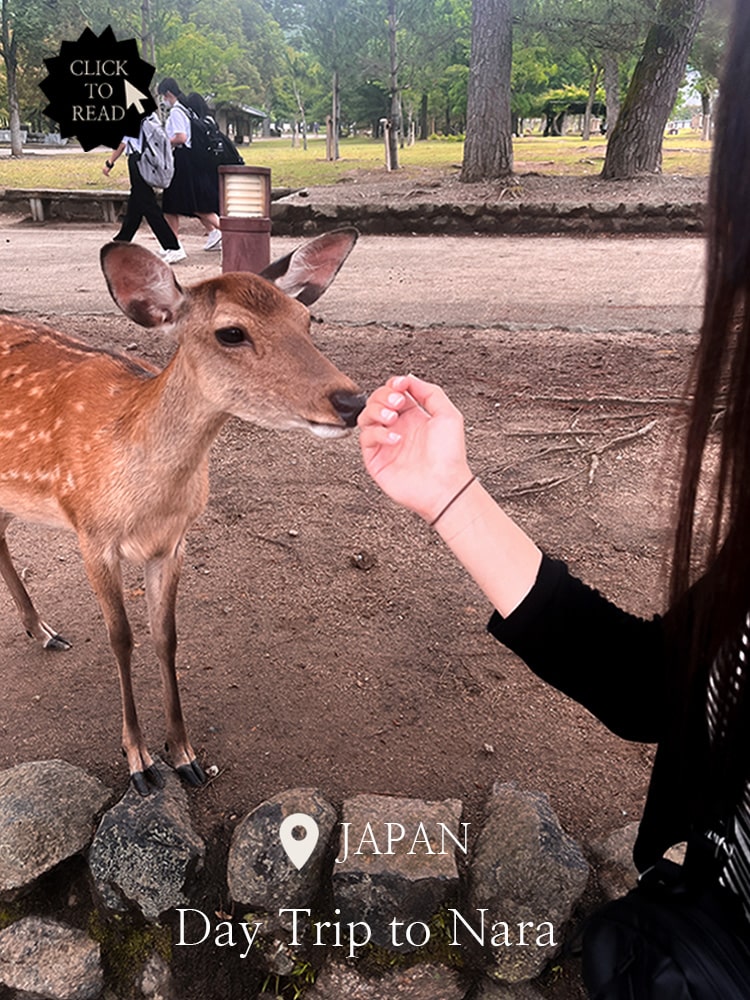Complete Japan Travel Checklist – On Entry Requirements, SIM Cards, the JR Pass and more!
While planning your very first trip to Japan, there are a number of questions you may be asking yourself. Do I need a Visa? What is an IC Card and do I need one? What Sim Card should I get? Do I need a JR Pass? And so much more!
Don’t worry, we got you covered! In this complete Japan Travel Checklist we walk you through all the organisational details you need to know when planning your trip to Japan and tell you exactly what to prepare in advance!
Note: This post may contain affiliate links. By interacting with these links, you can support us and our website at no extra cost to you🍀! Our affiliate links are marked by an *, so you can recognise them in advance. For more information, read our Disclaimer.
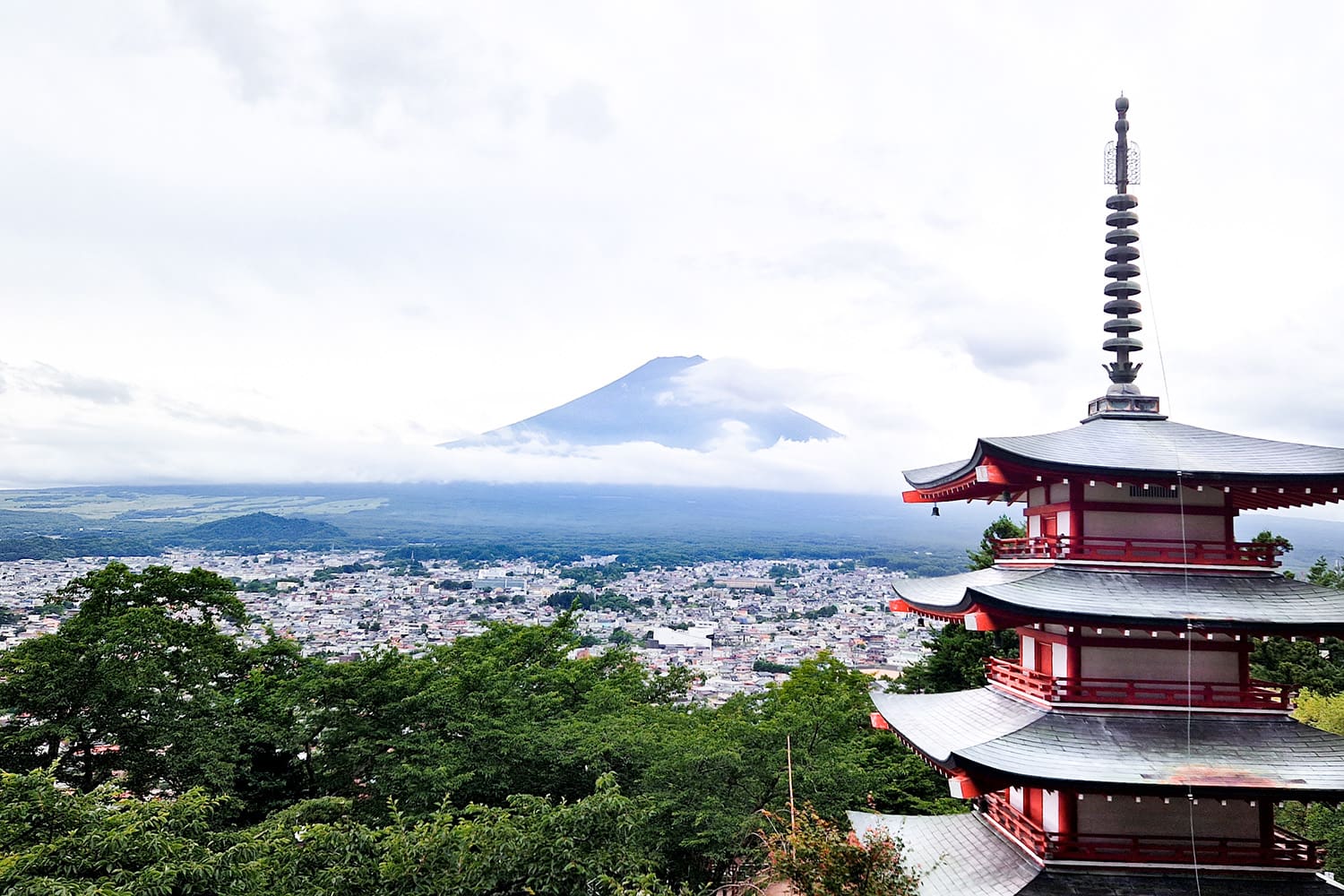
Complete Japan Travel Checklist
In this Japan travel checklist, we cover five major categories and a few subcategories that are relevant for anyone planning a trip to Japan.
While this organisational stuff may not be the most exciting to read about, we guarantee it will help you to have as smooth a trip as possible! And as always, you can use the Table of Contents (or the Go To Button) above to skip to the sections that are most relevant for you and your trip.
We cover general entry requirements as well as a lot of practical information about travelling Japan such as where to find ATMs, whether you need cash, what IC Card to use and where to get one, best Sim Cards and do you need a JR Pass? As you can see, there is a lot to unpack, so let’s get started!
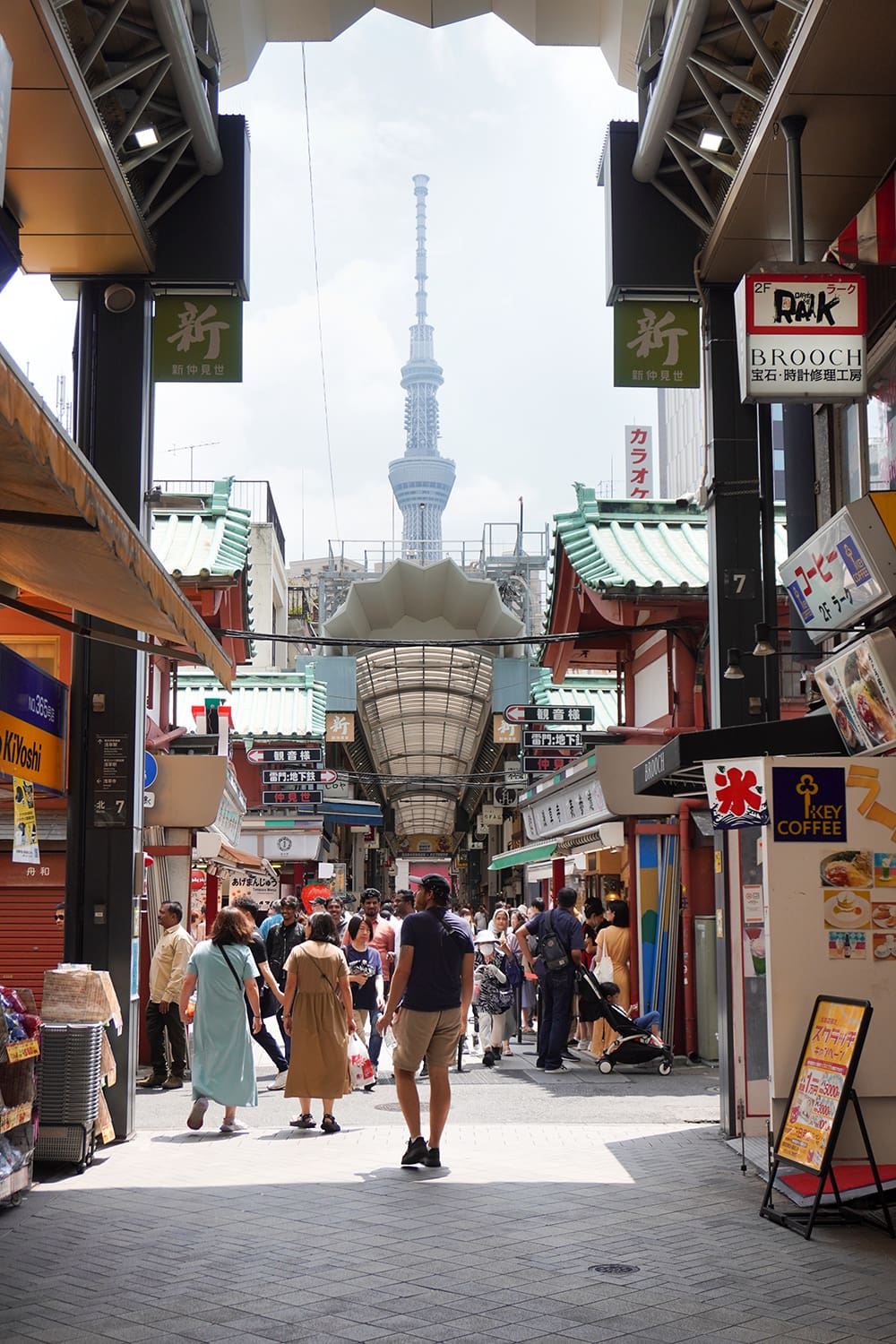
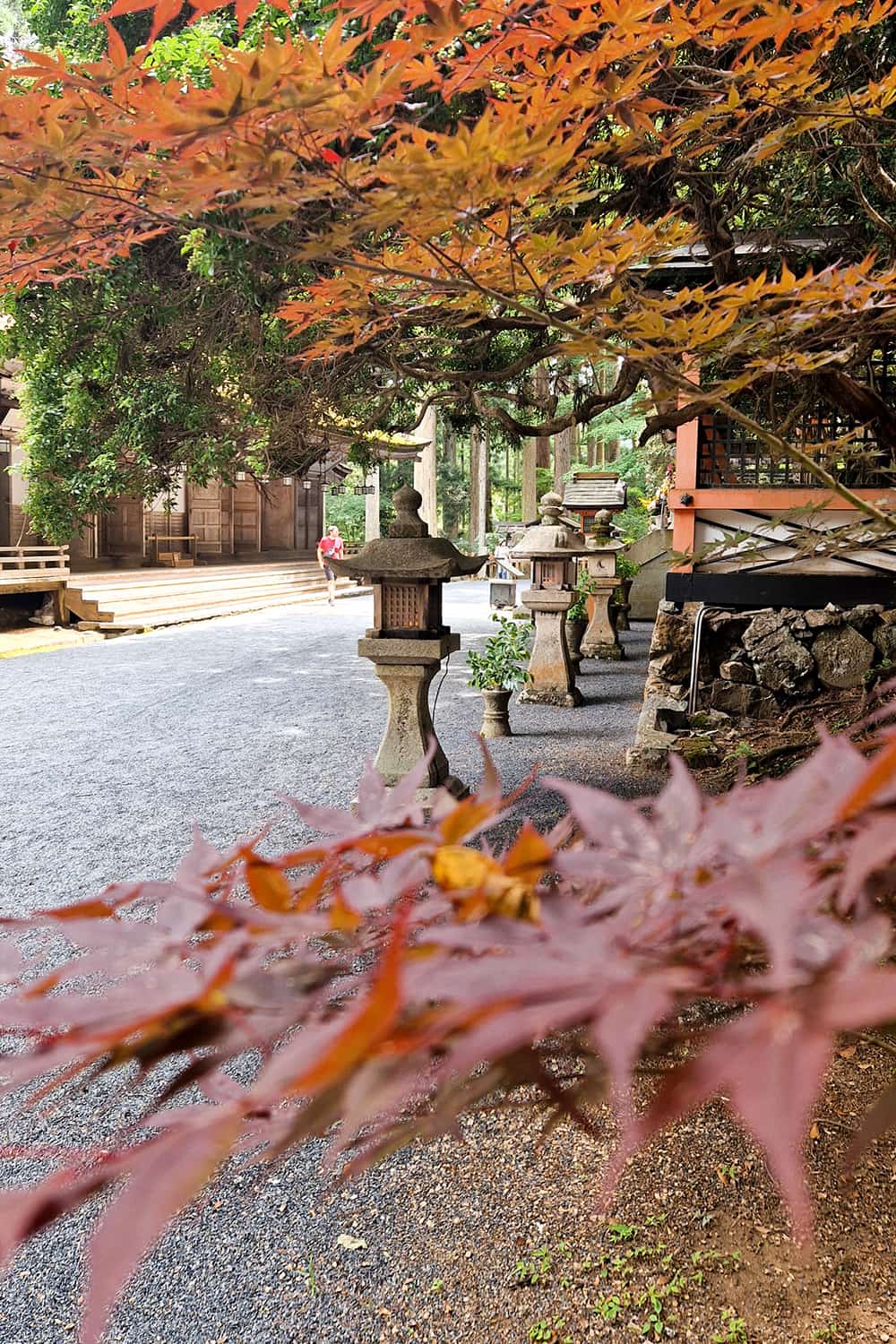
1. Japan Entry Requirements
In this first section, we will go over all the general entry requirements for travelling to Japan. To be on the safe side, make sure to also check the website of the Ministry of Foreign Affairs of Japan, because regulation can always change. (As such, this section was last updated on February the 3rd, 2025).
🛂 What are the general entry requirements for a short-term stay in Japan?
- Your passport needs to be valid for at least another 6 months upon entry to Japan.
- A Visa or E-Visa if required for the country your passport is issued from.
- Customs declaration if necessary (which for the standard traveller is probably not the case).
🪪 Do I need a Visa to go to Japan for a short term visit?
There are quite a number of countries, 71 to be precise, whose passport holders can enter Japan visa-free for differing time periods and under varying agreements. To give a few examples (i.e. this is not a complete list!):
- Passport holders of EU countries, Australia, USA, Canada, Singapore, South Korea, Malaysia and Hong Kong can enter Japan visa-free for up to 90 days.
- Citizens of e.g. the UK, Germany and Switzerland may even extend their visa-free stay for up to 6 months!
- Passport holders of Brunei, United Arab Emirates and Qatar can enter visa-free for a period of 30 days,
- and citizens of Thailand and Indonesia for 15 days.
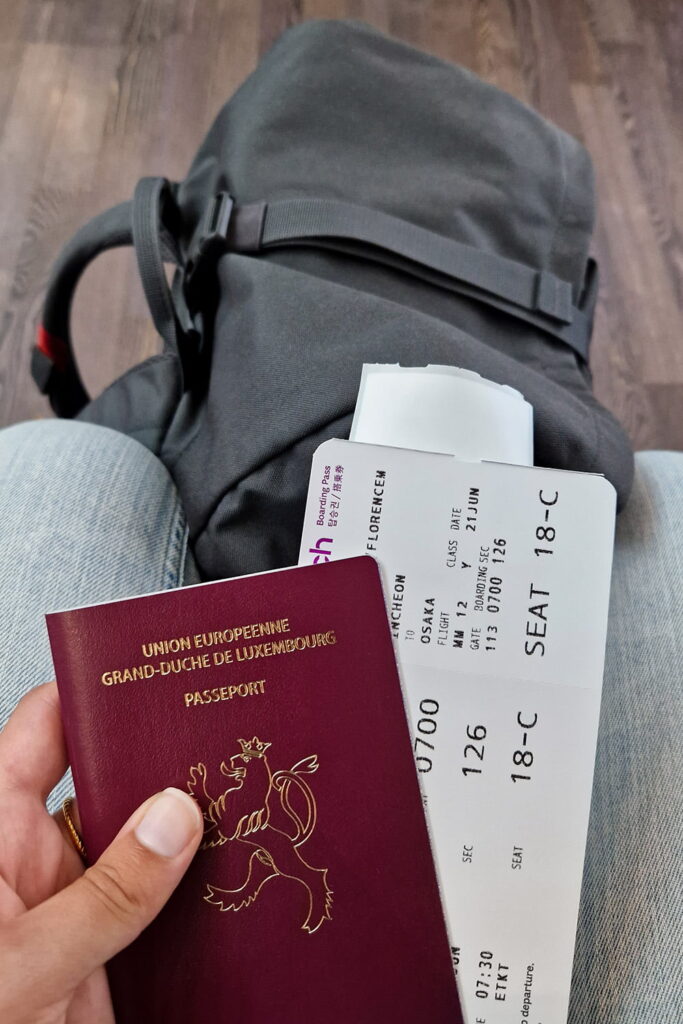
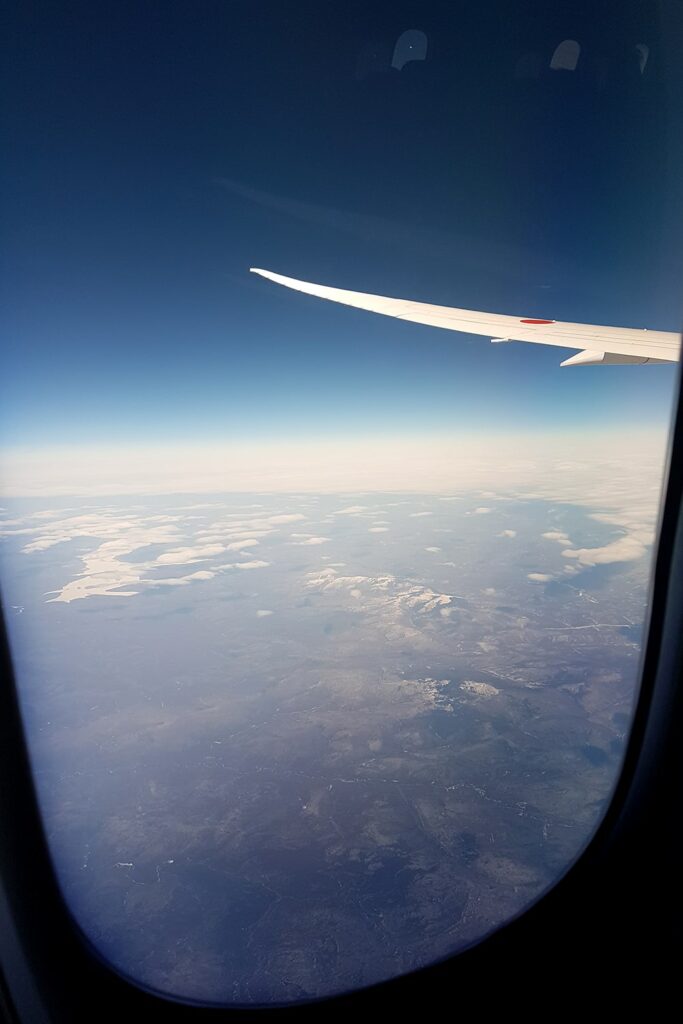
The easiest way to check whether passport holders of your country are able to enter Japan visa-free is via the Ministry of Foreign Affairs of Japan Website. Here you’ll also find the time period you can enter Japan visa-free for plus some additional requirements that may be attached such as e.g. your passports compliance with ICAO standards.
In case you cannot enter Japan visa-free for a short term stay, you will have to either apply for a Visa or an E-Visa. Find more information on both processes and who is eligible for what on the website of the Ministry of Foreign Affairs of Japan or on the embassy page of your country.
2. Official health recommendations & requirements
- Generally, when going to a new destination we recommend you to visit your nearest travel clinic and talk to a doctor about recommended vaccines and medication for that particular country or region. Make your decisions based on the provided information of your doctor.
- A good online resource to get a first idea of general recommendations is the Fit for Travel website.
✅ There are a few recommended, however no required vaccines for travel to Japan.
3. Best SIM Cards, Japan’s IC Cards, the JR Pass and more!
Now that you know what to prepare before going to Japan, we will look at some of the essentials for travelling around Japan in a next step. What SIM Card is best? Do you need a JR-Pass? What apps are best for navigating Japan? And, what are IC-Cards and should you get one? Let’s find out in this section!
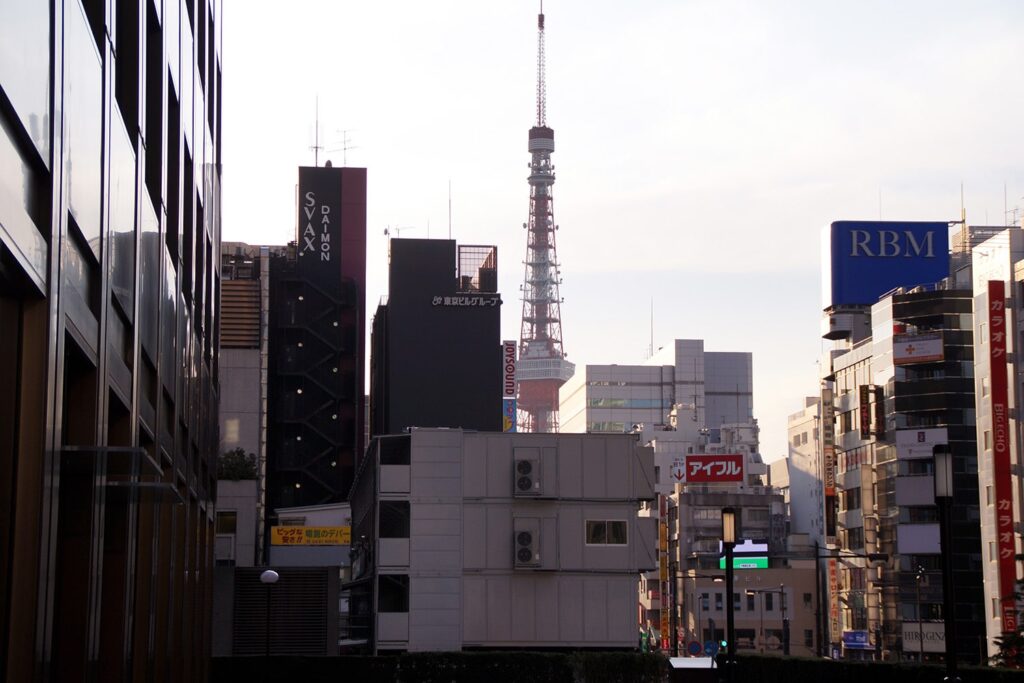
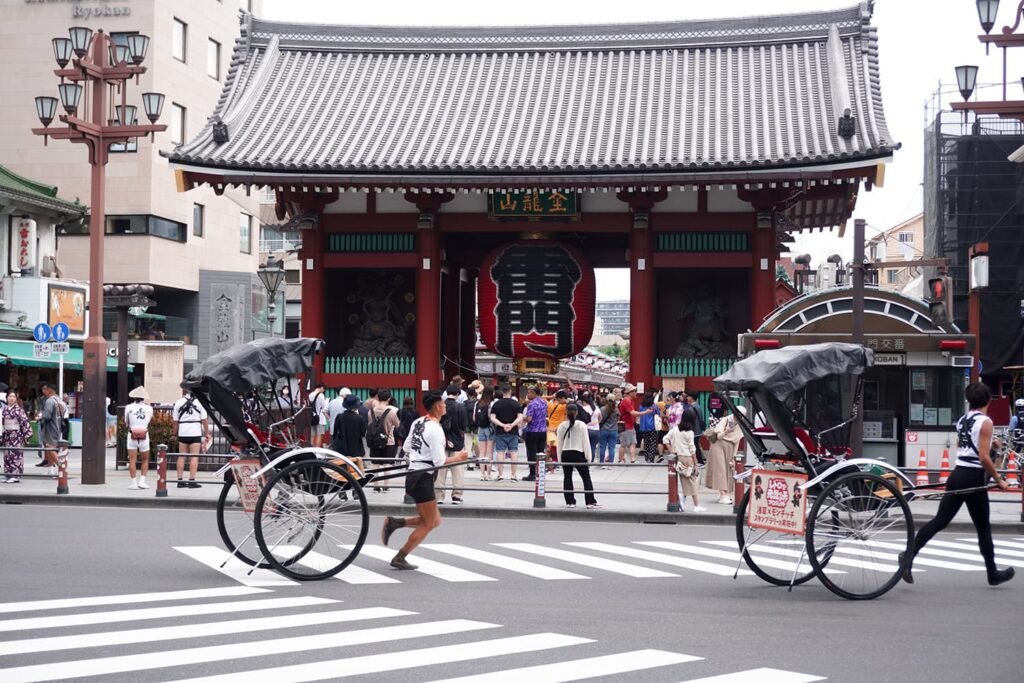
📶 What SIM Card is best for Japan?
The first question that needs answering when deciding on what SIM Card you should get is:
Do you prefer a physical SIM Card or an eSIM?
If your phone is a Dual-SIM phone, you could get a physical SIM Card in Japan and simply use it as your second SIM for data, while still being able to keep your regular SIM in your phone as well. This is what Florence usually does. Otherwise, it might be easier to get an eSIM, which is what I (Andy) prefer to do. Note: Not every phone is compatible with eSIM, so check beforehand!
How much data do you need per day?
This will depend on you, however we find that 1GB per day is usually a good rule of thumb and was always more than enough for us since most accommodations have Wi-fi anyway. In Japan, quite a number of operators offer unlimited data as well!
Down below you can find a table that gives you an overview of different offers from various operators. Note: This table does not contain every single offer and operator available. We included the offers we personally found most attractive in various scenarios.
|
Validity | ||||
|---|---|---|---|---|
|
5 days |
/ |
Unlimited for ~16€/$ |
/ |
1GB/day for ~6€/$ or Unlimited for ~13€/$ |
|
7 days |
/ |
Unlimited for ~23€/$ |
10GB for ~14€/$ |
1GB/day for ~7,75€/$ or Unlimited for ~17,50€/$ |
|
10 days |
Unlimited for ~35€/36$ |
Unlimited for ~35€/36$ |
20GB for ~24€/$ |
1GB/day for ~11€/$ or Unlimited for ~25,50€/$ |
|
15 days |
Unlimited for ~38€/40$ |
Unlimited for ~38€/40$ |
20GB for ~24€/$ |
1GB/day for ~12,50€/$ or Unlimited for ~32€/34$ |
|
30 days |
Unlimited for ~44€/46$ |
Unlimited for ~44€/46$ |
30GB for ~38€/$ |
20GB for 20€/$ |
👝 The SIM Card Alternative – Japan’s Pocket Wi-Fi
Pocket Wi-Fi’s are a very common and popular thing among tourists in Japan. Essentially, a Pocket Wi-Fi is a portable router that you can take around with you. You can connect several devices e.g. the mobile phones of your travel party as well as laptops and tablets. Do note that there is usually a max. of devices you can connect and you need to charge the Pocket Wi-Fi (it runs on a battery).
Pocket Wi-Fi tend to be more expensive than regular SIM, however if you are travelling as a family or in a group, they might end up being more worthwhile than having to buy an individual SIM for each member of your travel party.
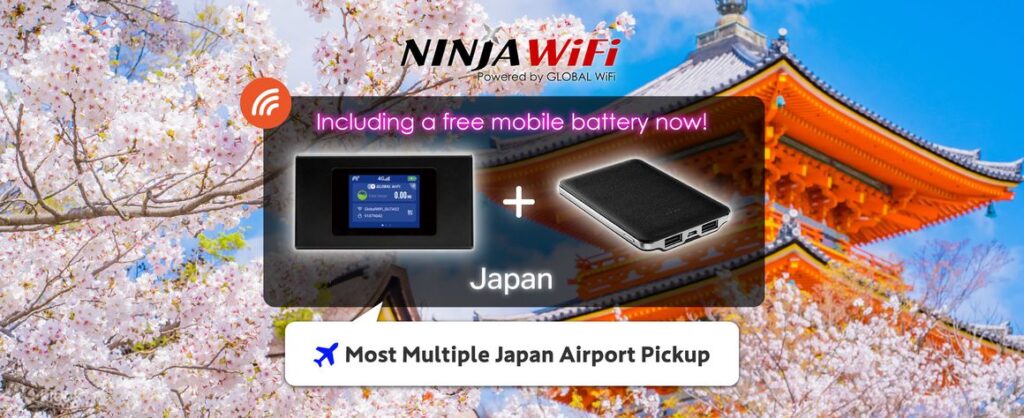
Pocket Wi-Fi Offers
One of the more popular providers is NINJA WiFi. They offer pick-up at quite a number of airports throughout Japan, among them Kansai Airport in Osaka as well as Narita and Haneda Airport in Tokyo. You can connect up to 5 devices.
Down below you can find some of their offers:
- 3GB of high-speed/day cost ~3€/$ per day,
- 5GB of high-speed/day cost ~6€/$ per day, and
- 10 GB of high-speed/day cost ~7,25€/$ per day.
📱 Most Useful Apps for travelling Japan
Travelling Japan actually does not require that many special apps. However, your trip is going to be quite a bit easier when using the apps mentioned down below. Also, all of them are free!
- Google Translate. Having a translation app is a must in Japan, especially for reading menus or signs that are only in Japanese. In Tokyo you may get by without one, however the further you venture outside of the big cities, the more essential a translation app is going to be. We used Google Translate, however any translation app will do.
- Google Maps. For navigating. In Japan, Google Maps provides quite accurate information on train, bus and subway schedules!
- Japan Train Card Balance Check. This app comes in handy if you are using a physical IC-Card to travel around Japan. Simply tap your IC-Card on your phone. The app will not only tell you exactly how much money is left on your card, but also provide an overview of all your past transactions!
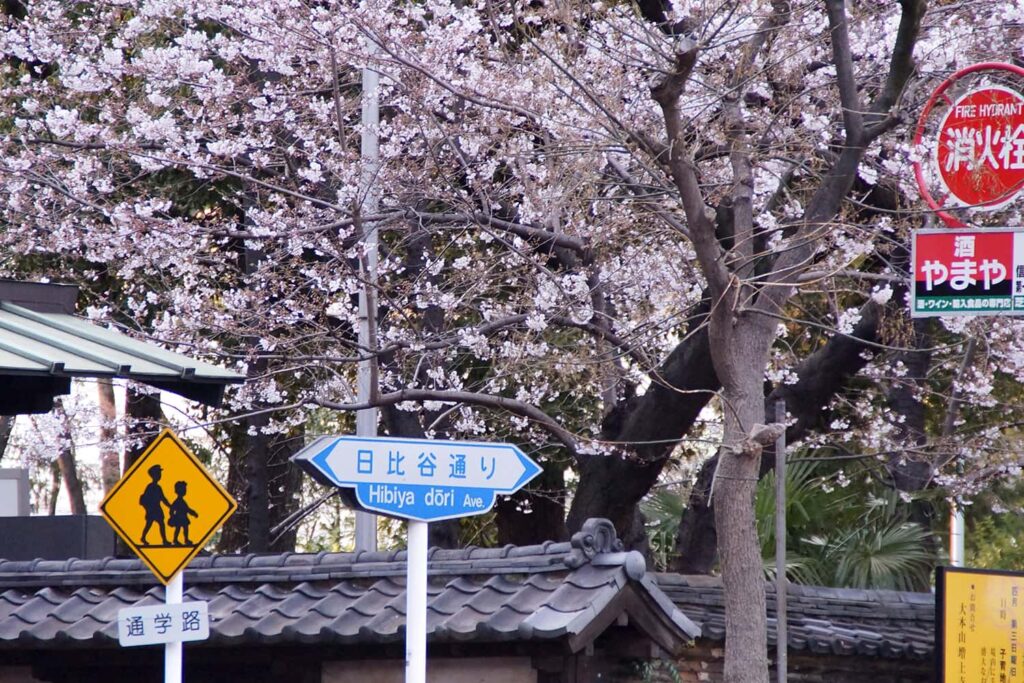
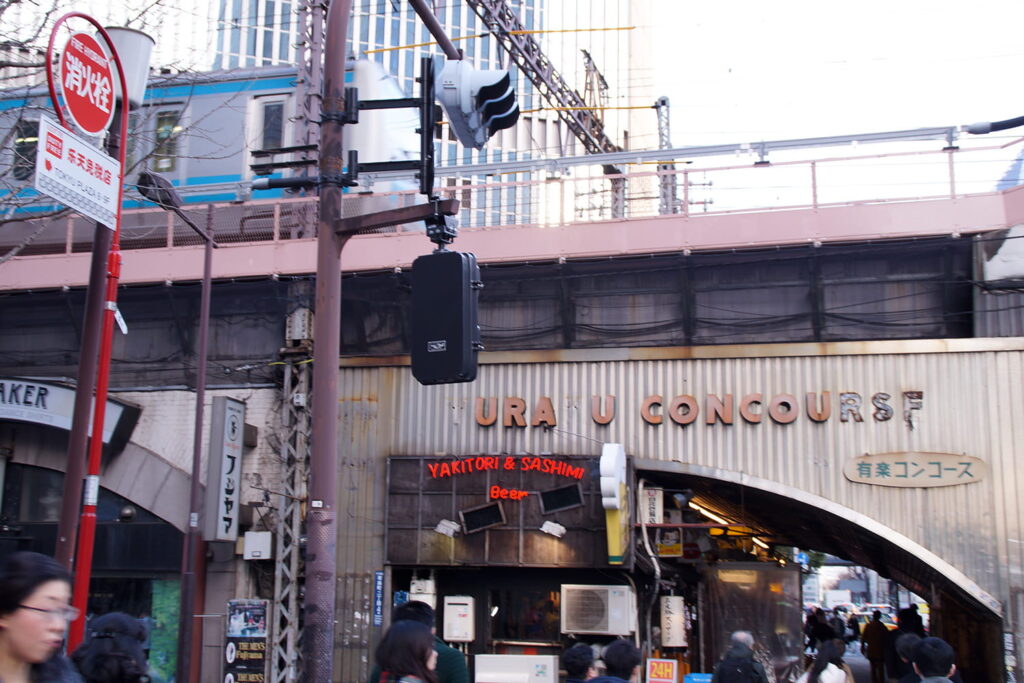
🚇 Get an IC-Card Card to pay for public transport
In case you read about the Train Card App above and had no idea whatsoever what we were talking about, don’t worry, we’ll explain Japan’s IC-Cards in this section. When travelling Japan, we highly recommend getting an IC Card. We used ours daily!
But, what is it? An IC-Card is a rechargeable prepaid transportation card. You can charge it and then use it to pay for public transport, more precisely subway, commuter trains and local buses. Also, you can use it at the odd vending machine or to pay small amounts inside convenience stores.
Do note that bullet trains (shinkansen), special tourist trains as well as express trains cannot be paid using your IC-Card. You will need separate tickets for those. Your IC-Card is more so for getting around on the local public transport of a city/region.
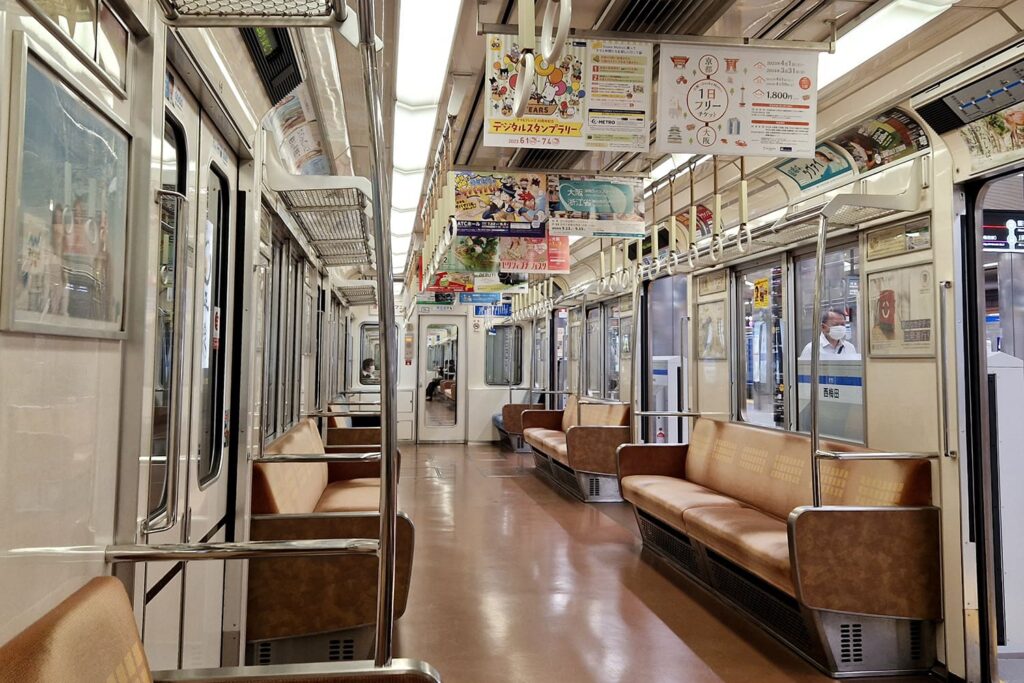
Frequently Asked Questions surrounding IC-Cards
- Where can I get an IC-Card? IC-Cards can typically be purchased inside train stations at special vending machines or ticket counters of the issuing railway companies. E.g., we bought our IC-Cards at the JR West Ticket Office inside the Kansai Airport Train Station.
- What about digital ones?
- How much does it cost? Usually around ¥2.000. Thereof, ¥500 are a refundable deposit and ¥1.500 are charged on your card, ready to use. If you want to buy cards with special designs, these tend to be a bit more expensive.
- Where do you charge your IC-Card? You can charge it at special machines inside train or subway stations.
- How to use the IC-Card? Using the IC-Card is actually quite straight forward. Simply tap your card when entering a bus and again before getting off. When taking a train or subway, tap your card when entering the train station via one of the gates and again when leaving the station.
- Which IC Card should I get? You may have heard a number of names related to IC-Cards (e.g. Suica, Pasmo, Icoca, etc.). In the end, it doesn’t really matter which one you get since all the main IC-Cards have been designed to work all over Japan. In other words, buy the local IC-Card wherever you enter Japan and then stick with it for the rest of your trip.
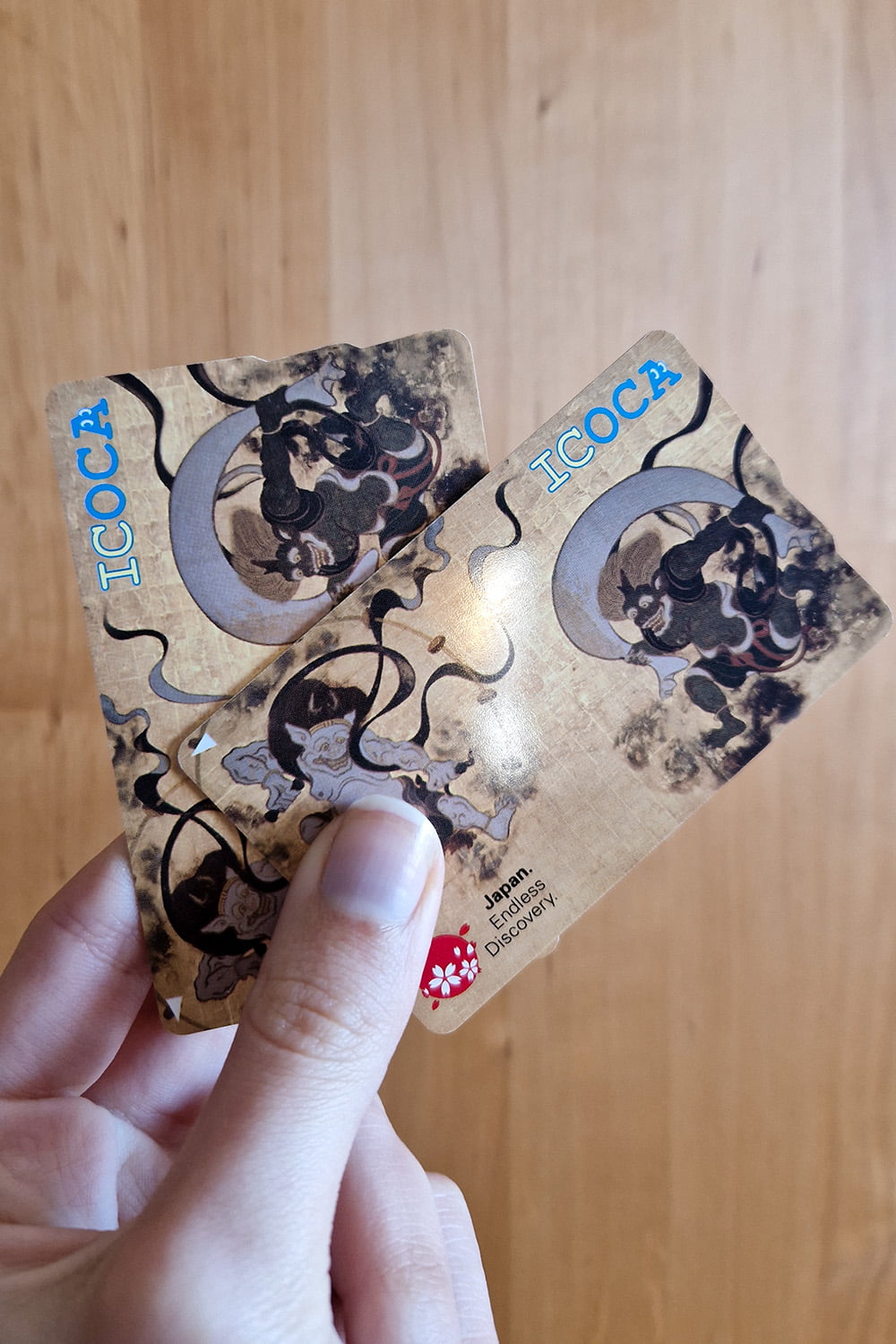
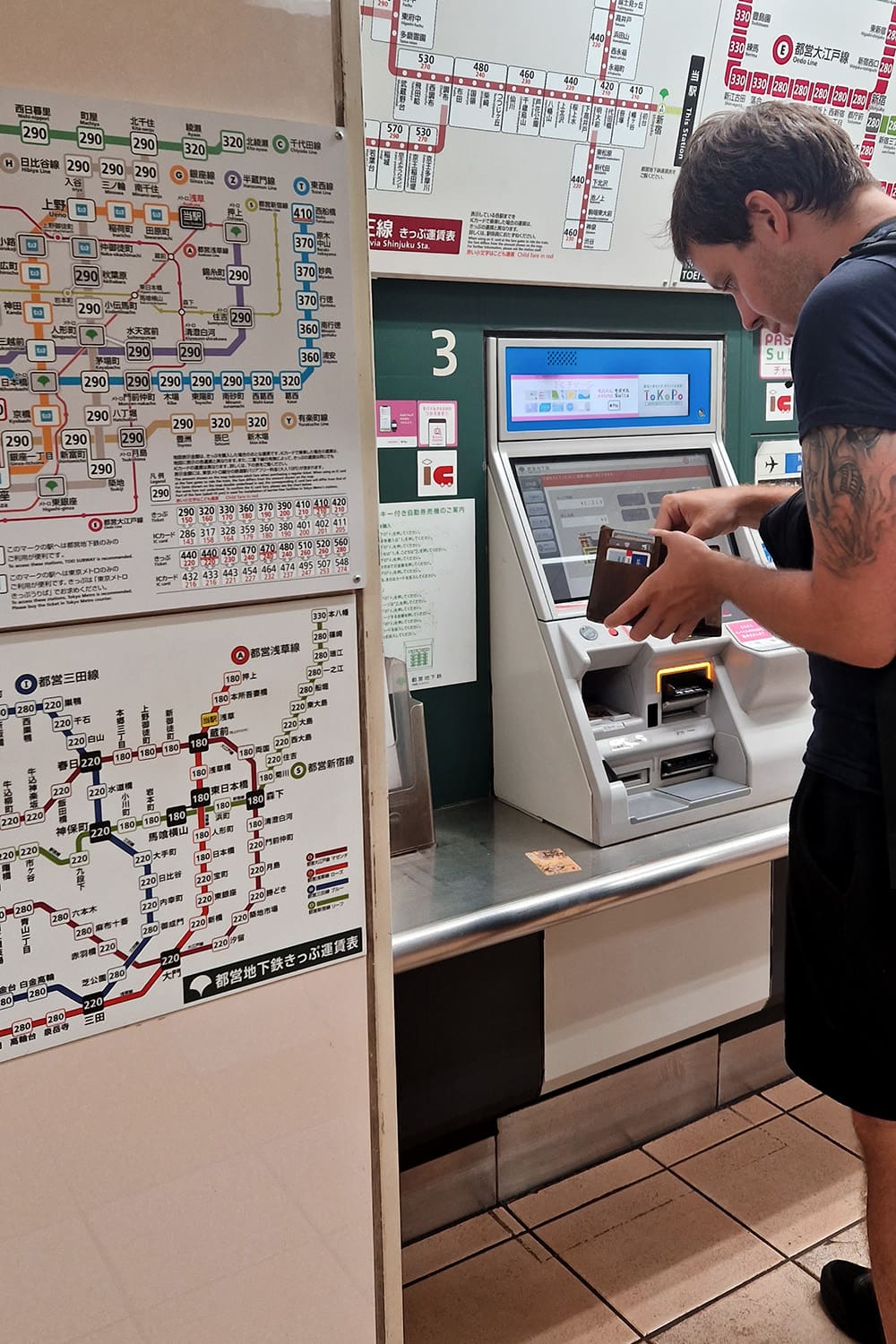
Japan’s Regional IC Cards – An Overview
Nearly every region in Japan has their own IC-Card. In this section we wanted to give you a quick overview of the main ones and what region you can get them in.
- Suica Card. Probably the most well-known among the IC-Cards, since it is the one you can get in the Greater Tokyo Area and therefore also at Tokyo’s Airports, in Niigata as well as Sendai.
- Icoca Card. This one is available in the Chugoku (Hiroshima, Okayama) and Kansai Region. The latter is home to Kyoto, Osaka and the Kansai International Airport.
- Toica Card is the IC Card available in the Greater Nagoya Area.
- Sugoca Card is available in Kyushu. More precisely in the Greater Fukuoka Area, in Kumamoto, Kagoshima, Oita and Nagasaki.
- And, finally, Kitaka Card is the prepaid IC-Card issued in Sapporo on Hokkaido.
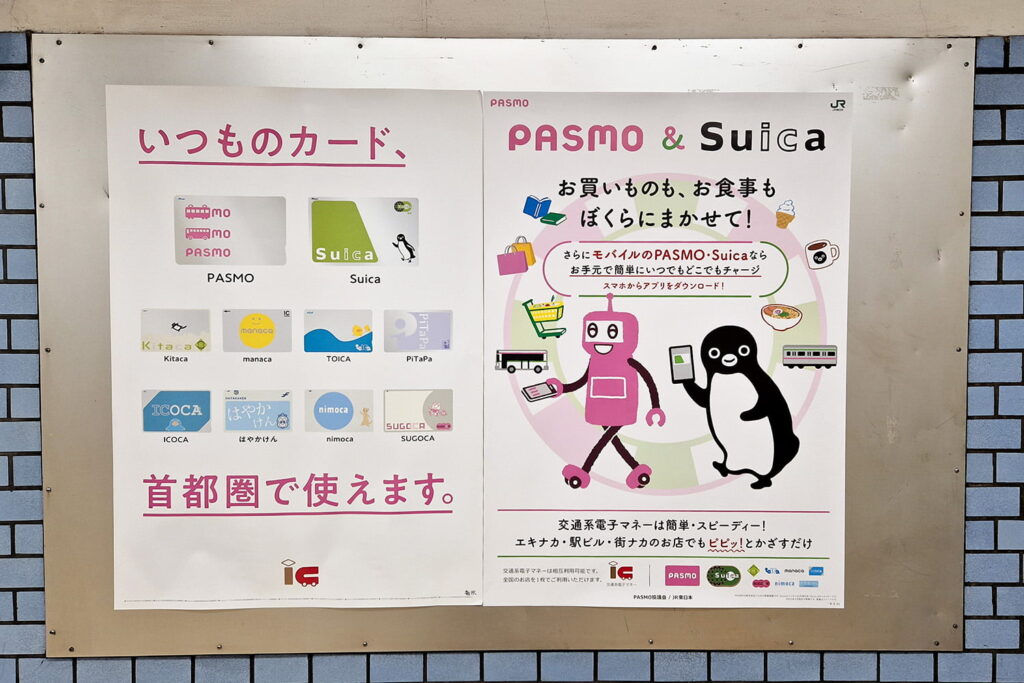
🎟️ What popular attractions or tours are best to book in advance?
From personal experience, tickets to attractions like castles, museums and observatories can usually be purchased on-site. If you happen to visit during a busier season of the year like Sakura season, it is however never bad to book popular attractions in advance. Especially observatories such as Tokyo Skytree*, Tokyo Tower* & Shibuya SKY* can get pretty busy!
🎫 If you plan to visit theme parks such as Tokyo Disney Sea* or the Universal Studios Japan* in Osaka, we highly recommend booking these tickets in advance! Both parks are quite popular, however Tokyo Disney Sea in particular will quite likely be busy no matter when you visit!


Our go-to website for pre-booking entry tickets in Japan, or anywhere in Asia really, is Klook. Here you can get tickets to all the observatories mentioned above, both theme parks as well as for popular experiences such as the teamLab Borderless in Tokyo*. Sometimes even at a slight discount!
🚶🏻 If you intend to hike Mt Fuji and stay at a mountain hut along the way (which we highly recommend), book your stay well in advance!
- Usually pre-booking starts in April and we recommend being among the first ones to do so as spots tend to go pretty fast! We booked via the Japan Mountain Huts Website.
- Additionally, since 2024 there is a limit to how many hikers can enter Yoshida Trail per day. A reservation system was put in place which costs ¥2.000 per person. Find out more on the Official Climbing Mt. Fuji Website.
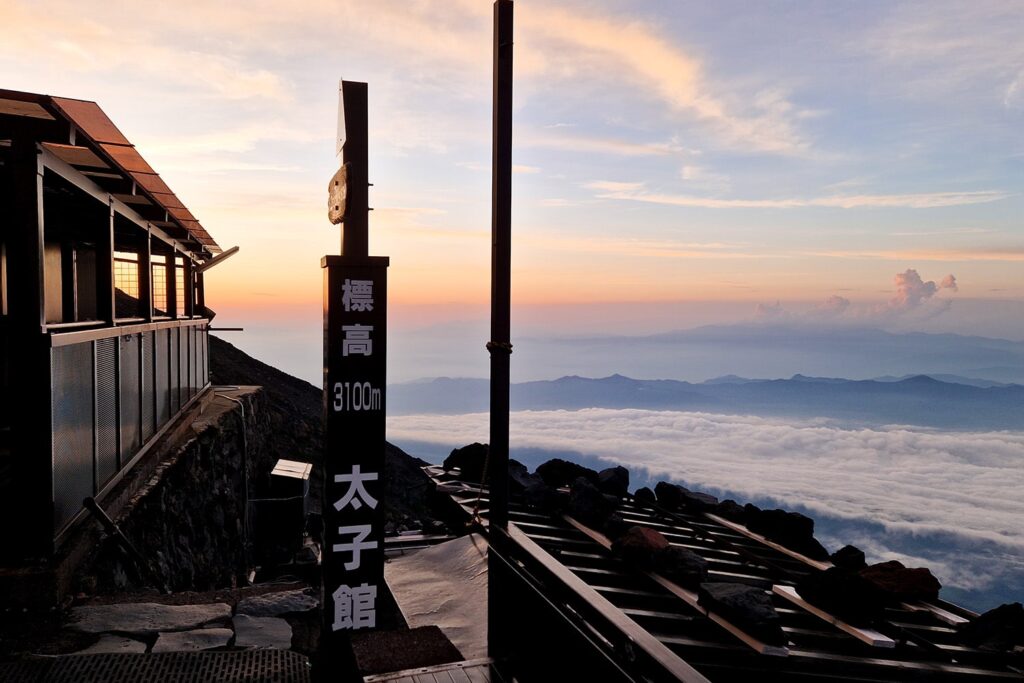
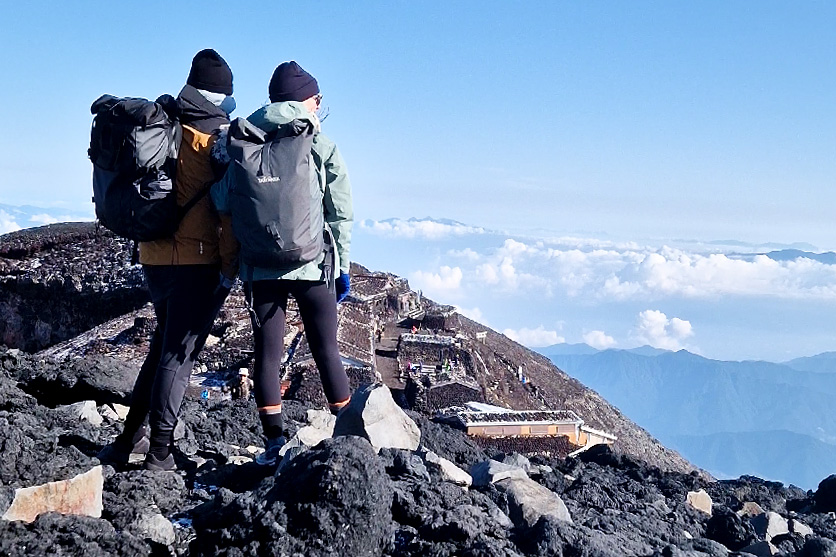
🚅 Do you need a JR Pass?
One of the most frequently asked questions when travelling to Japan is probably whether or not you need a JR Pass😆. In this section we will try to answer this question as best as possible! However, let’s first start at the very beginning:
What exactly is the JR Pass?
The JR Pass is an all-in-one ticket that allows you to use most public transport options operated by JR. This includes commuter trains, express trains, most bullet trains/shinkansen (for Nozomi and Mizuho shinkansen you’ll need an additional ticket) and even a few local JR buses.
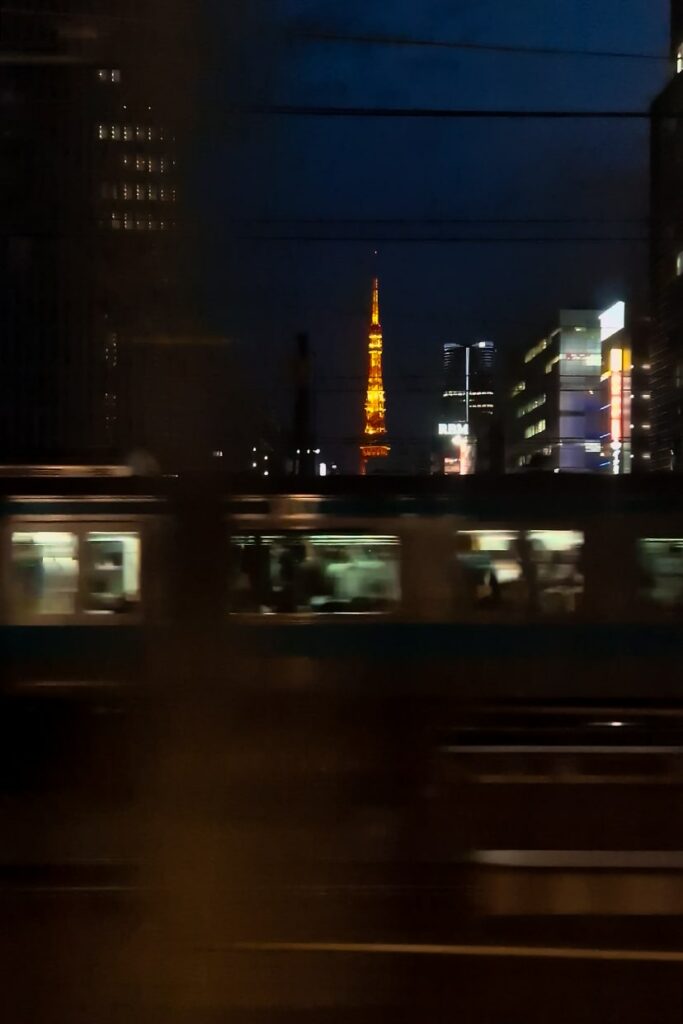

What does the JR Pass cost?
Prices depend on the validity of your ticket as well as on the train class. Essentially you have the choice between an Ordinary JR Pass (second class) and a Green Class JR Pass (first class).
|
Validity |
Ordinary |
Green Class |
|---|---|---|
|
7 days |
Adult: 329€/345$ |
Adult: 461€/483$ |
|
14 days |
Adult: 526€/552$ |
Adult: 724€/759$ |
|
21 days |
Adult: 658€/690$ |
Adult: 921€/966$ |
Note: These are the prices for the general JR Pass valid throughout all of Japan! This is the one that most people typically get. However, JR also offers regional passes. Find out more about regional passes on the JR Pass website.
Should I order the JR Pass in advance?
YES! This is actually not even a question of whether or not you should book it in advance. Because, it is a fact that you have to book it in advance. Essentially upon purchasing the JR Pass, you will be sent a physical exchange order via post to your home address, which must not be in Japan.
Once you land in Japan, you can redeem your JR Pass by presenting your physical exchange order plus your passport, showcasing a stamp that proves that you are in Japan on a tourist visa, at a JR Ticket Office. You will be able to redeem your JR Pass within a 3-month time frame starting the day you book online.
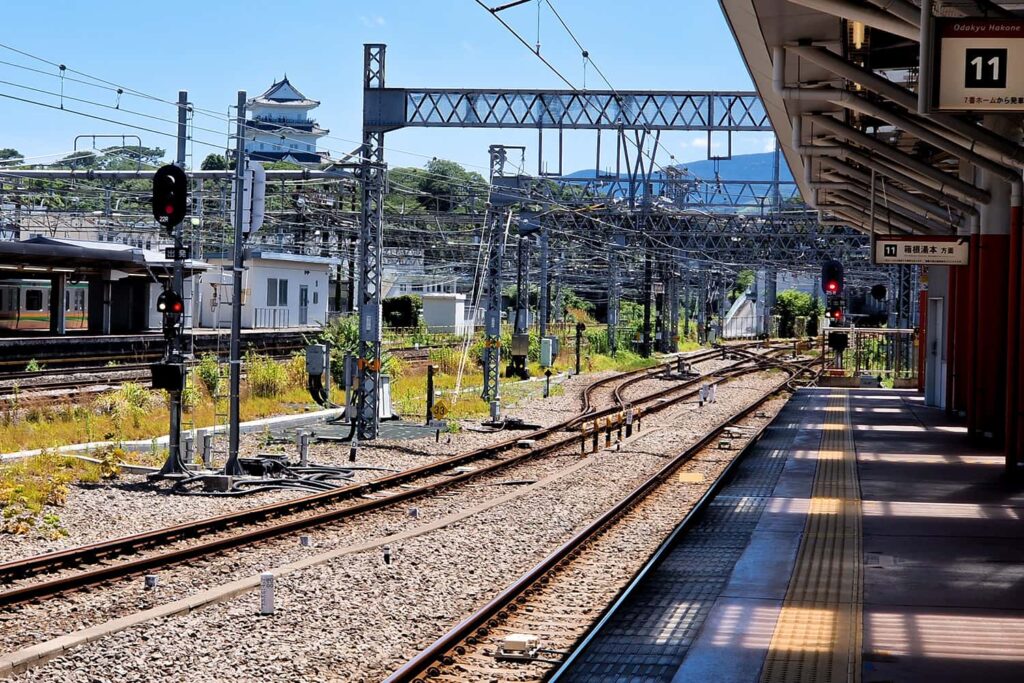
Where can I order a JR Pass?
Either you do so on the JR Pass Website or you book your JR Pass via Klook*! Buying your JR Pass via Klook has the advantage that you may get your JR Pass for slightly cheaper! The whole process with the exchange order etc. stays the same no matter where you book.
Should I get a JR Pass?
Now, the question you have probably been waiting for: Should you buy a JR Pass or not? Truthfully, this mostly depends on your Japan Itinerary. If you have a similar itinerary to our ultimate 14-day Japan Itinerary for first-time visitors, then getting a JR-Pass probably makes sense. In said post we give you a list of all major train trips included in the itinerary that you can take using the JR Pass in case you are interested.
- As a rule of thumb, if your itinerary includes more than one shinkansen ride over a short period of time, then it may be worthwhile to start considering getting a JR Pass.
- To be sure, we would advise you make a list of all major JR trains and all shinkansen trips included in your itinerary and then go from there!
- Note: Don’t forget to count the JR express airport shuttles (e.g. the Haruka Express to Kansai Airport or the Narita Express (NEX) to Narita Airport) as well as JR’s local trains (e.g th popular JR Yamanote Line in Tokyo or the JR Osala Loop Line!).
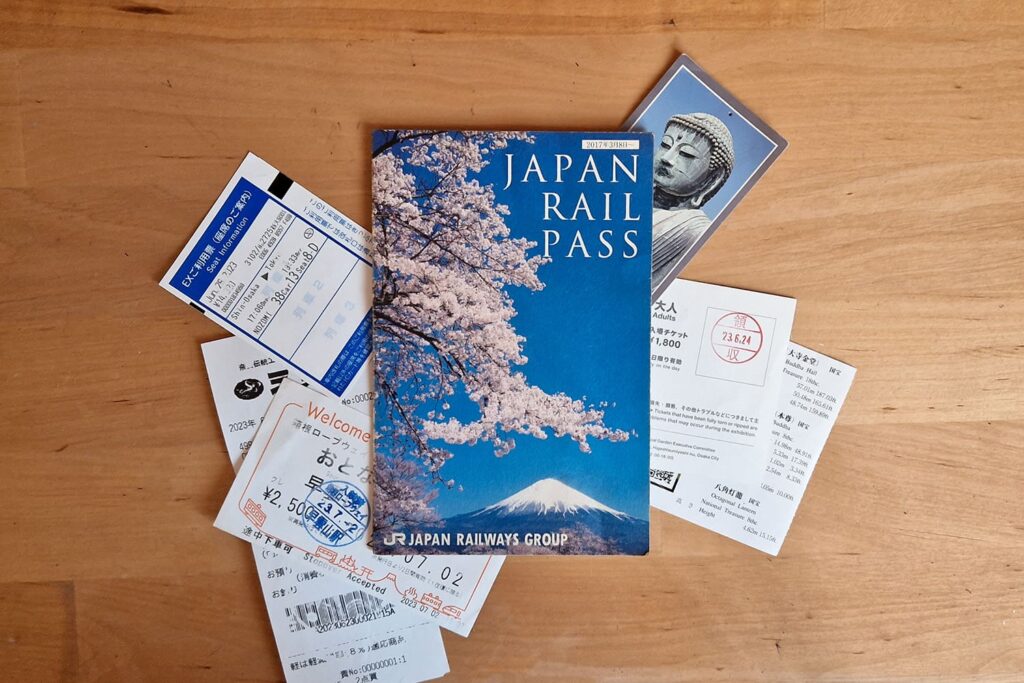
4. Japan Packing List
In this section we will go over all things related to packing and what to bring on your next trip to Japan.
🧳 What is best for Japan: Backpack or Suitcase?
Personally, we would always bring a suitcase for travelling Japan, simply because suitcases are our preferred type of luggage and in Japan roads and walkways are rather good so getting around with your suitcase should be fine. The only exception to this are subway stations. Elevators are available, however sometime rare, so we did end up carrying our suitcases up and down several flights of stairs from time to time.
That being said, whether you bring a suitcase or backpack to Japan is 100% up to personal preference.
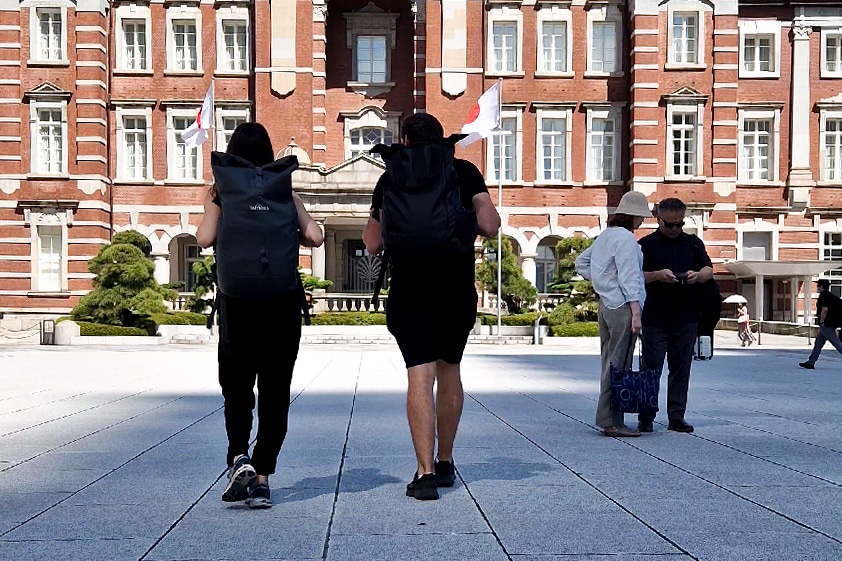
🧳 What are essential items you need to pack for Japan?
For travelling Japan we packed like we would for any standard trip. Bring clothing that is suitable for the season you are travelling in and for the activities you plan to do (e.g. hiking boots if you intend to go hiking). Therefore there are very few things where you need to pay special country specific attention to.
- 🔌 Power Plug Adapter. If your home country does not use the Type A or B Power Plug, such as e.g. USA or Canada, bring an adapter.
- ☀️ Sunscreen. In case you prefer e.g. western bronze sunscreen, bring your own. In Japan you will mostly find sunscreen that prevents bronzing.
- 🚗 Japanese Translated Driving License. If you plan on renting a car in Japan, then nope, your general international driving license is not enough! Before our trip, we specifically got our driving licenses translated to Japanese, which you will have to do as well!
5. Currency, Conversion Rates and Cash Withdrawal
In this last section, we will go over everything related to money and payment methods in Japan!
💱 The Yen and Current Conversion Rates
- The currency used in Japan is the Yen (JPY or ¥).
- Approximately, 1 JPY = 0,0064€ or 0,0066USD (Last updated: February 2025)
- To make it easy on us while travelling, we usually roughly consider 150 Yen to be “a little less than 1€” to get a first idea on what cost what without having to pull out the currency converter every time💸.
- Check current conversion rates to any currency via the Oanda Currency Converter.
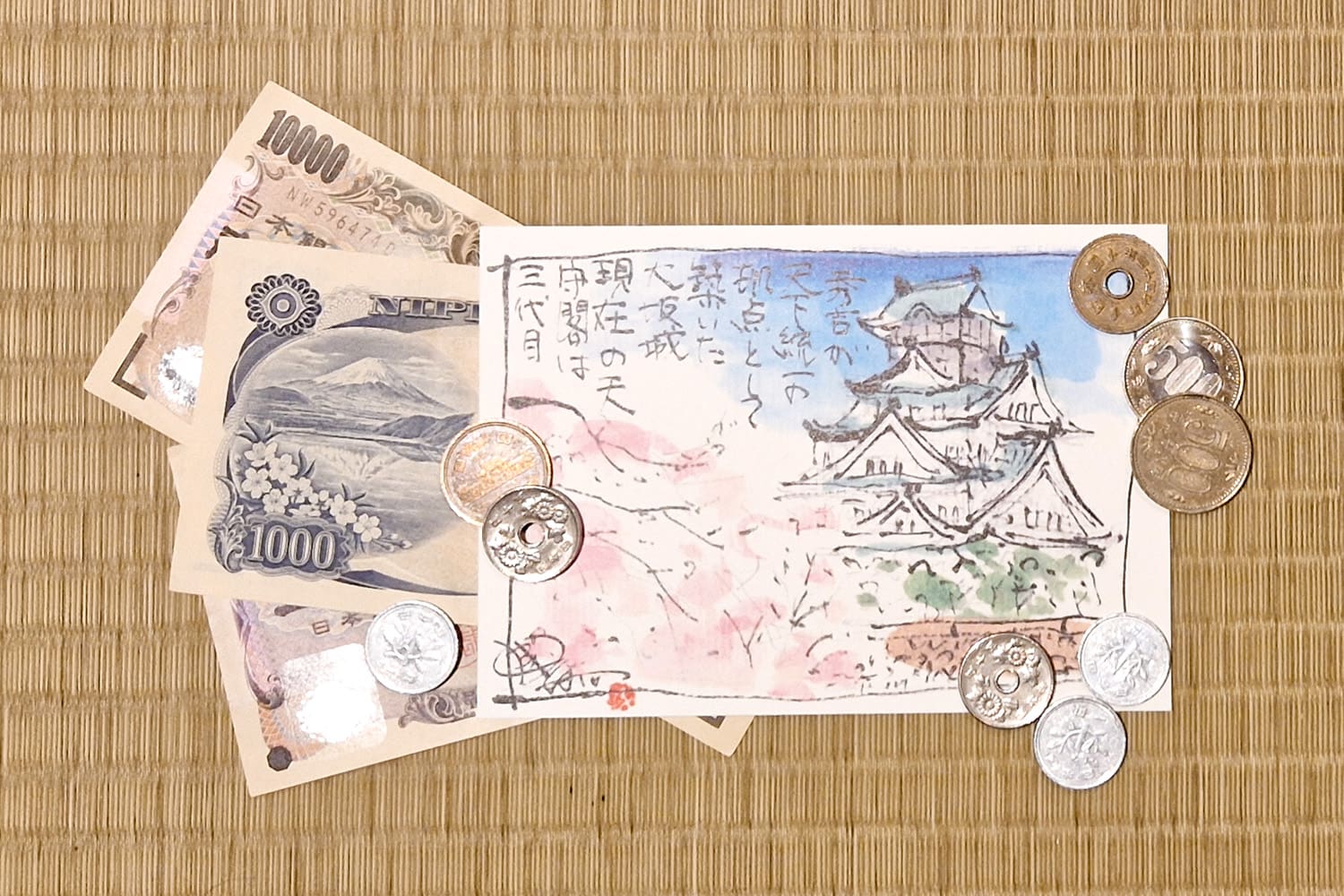
💵 Do I need cash in Japan?
Even though Japan is quite a technologically advanced country, for the longest time cash remained the predominant payment method throughout most of Japan, apart from the aforementioned IC Card for trains and the small convenience store purchases.
This trend has started to shift over the last few years, where payment by card became more widely accepted as well. Nonetheless, we would still advise having cash on you, especially if you intend to travel to more rural areas.
💳 Where to find ATMs in Japan?
Finding ATMs in Japan is actually pretty easy. Most convenience stores will have an ATM and convenience stores are not rare in Japan😉. We ended up mostly using the ATMs at 7-Eleven, but the one’s at Lawson and/or Family Mart are fine too as they should all work with foreign credit cards.
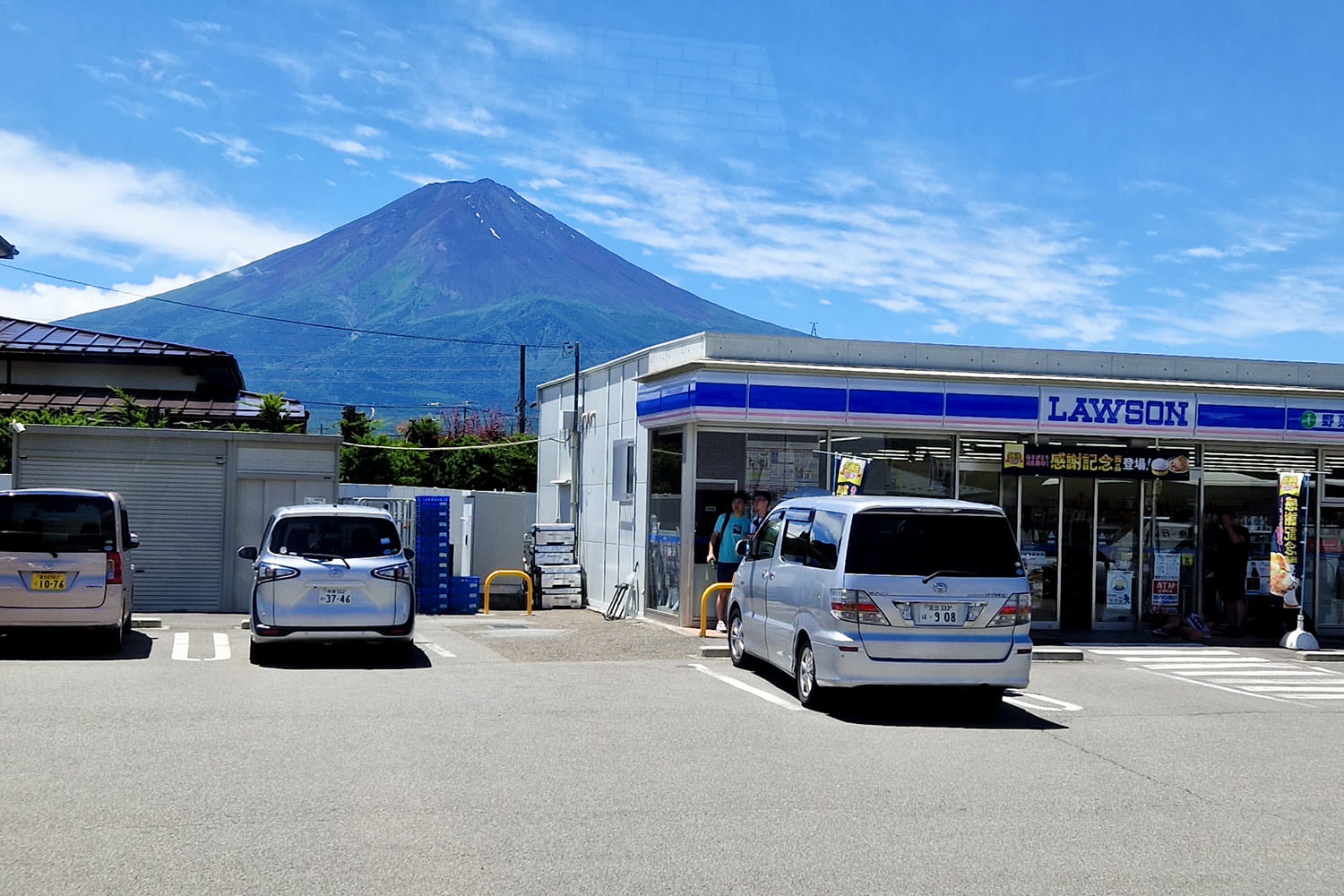
As a tip: Simply type in ‘ATM’ on Google Maps and see where the closest one to you pops up!
Furthermore, you can find ATM’s at the airport as well to withdraw money right when you land.
Japan Travel Checklist: Final Thoughts
And, this concludes our Japan travel checklist! In this post we covered all the organisational details of planning a trip to Japan from entry requirements to best SIM Cards, IC-Cards, the JR Pass and more.
If there are other topics you think we should cover in this post, let us know in the comments! Save this post for later use if your trip to Japan isn’t for another while. And, as always, safe and happy travels!🍀

